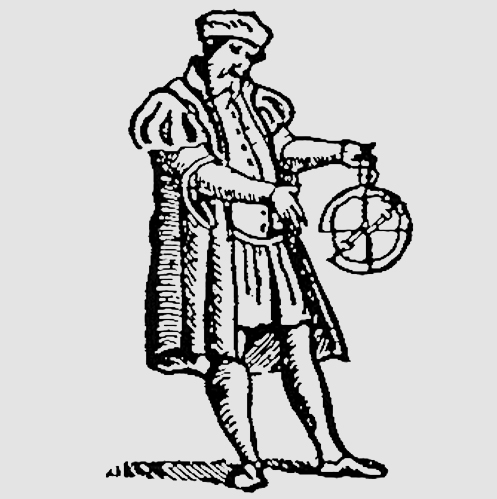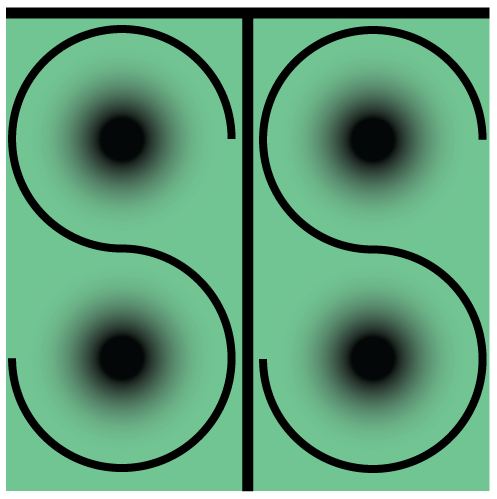
CSTMS Academic Coordinator Sam Evans and former CSTMS Visiting Scholar Walter Valdivia (now at the Brookings Institution) published an article on “Export Controls and the Tensions Between Academic Freedom and National Security” in the July issue of Minerva. The article explores the long-standing relationship between efforts to create a social contract for science that preserves autonomy and efforts to ensure that research is not used for malevolent purposes. Evans and Valdivia argue for the value of advisory bodies like the National Science Advisory Board for Biosecurity (NSABB) and the role it played in the recent debate on publishing new studies on the H5N1 avian influenza (bird flu). The work has been picked up by NSABB, is featured in the news section of the National Academies’ Committee on Science, Technology, & Law, and Minerva has made it open access as it is one of the most downloaded articles in the last 90 days.
Abstract
In the U.S.A., advocates of academic freedom—the ability to pursue research unencumbered by government controls—have long found sparring partners in government officials who regulate technology trade. From concern over classified research in the 1950s, to the expansion of export controls to cover trade in information in the 1970s, to current debates over emerging technologies and global innovation, the academic community and the government have each sought opportunities to demarcate the sphere of their respective authority and autonomy and assert themselves in that sphere. In this paper, we explore these opportunities, showing how the Social Contract for Science set the terms for the debate, and how the controversy turned to the proper interpretation of this compact. In particular, we analyze how the 1985 presidential directive excluding fundamental research from export controls created a boundary object that successfully demarcated science and the state, but only for a Cold War world that would soon come to an end. Significant changes have occurred since then in the governance structures of science and in the technical and political environment within which both universities and the state sit. Even though there have been significant and persistent calls for reassessing the Cold War demarcation, a new institutionalization of how to balance the concerns of national security and academic freedom is still only in its nascent stages. We explore the value of moving from a boundary object to a boundary organization, as represented in a proposed new governance body, the Science and Security Commission.
Artwork: Futoshi Miyagi (2007) “Hours of Silence [on wall]; Science Teacher [on floor]”. Source: ArtSTOR.



